Increase your email deliverability and protect your domain against email spoofing and impersonation attacks.
Powered by
Combat phishing and impersonation email attacks.
- Continuously monitor for new sources of email to protect against further attacks.
- Block unauthorized use of your email domain and ensure only genuine email sources can send emails from your brand.
- Protect your brand, employees, customers, and partners against fraudulent email.
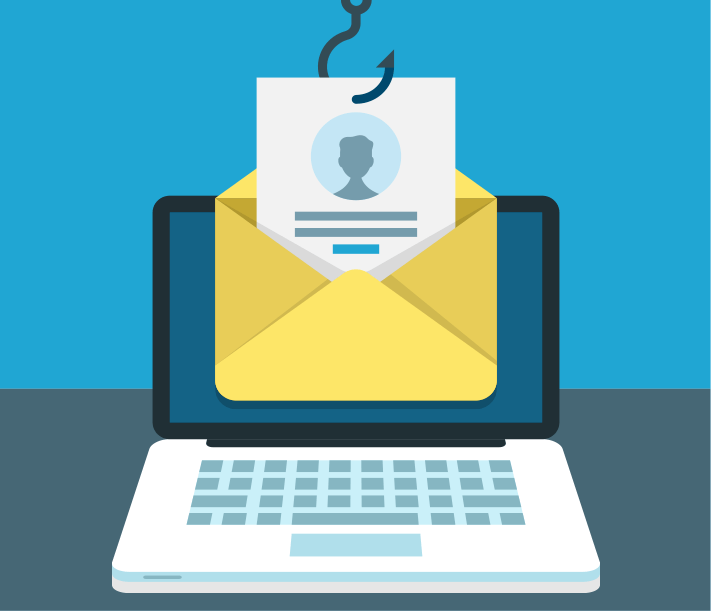
Why do organizations choose Managed DMARC Compliance?
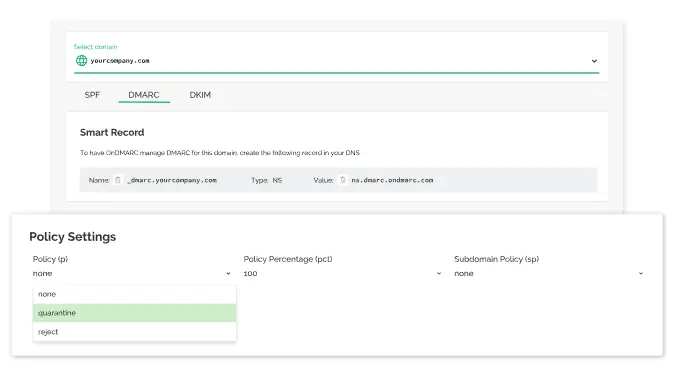
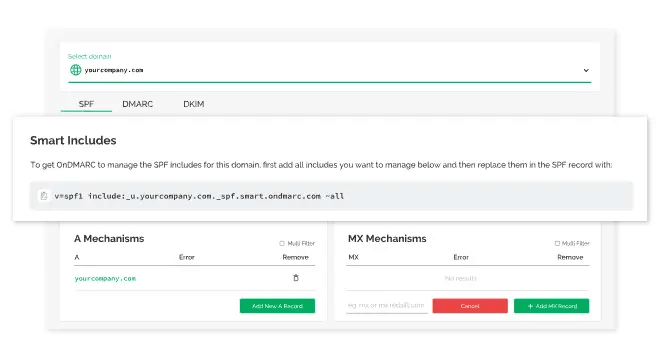
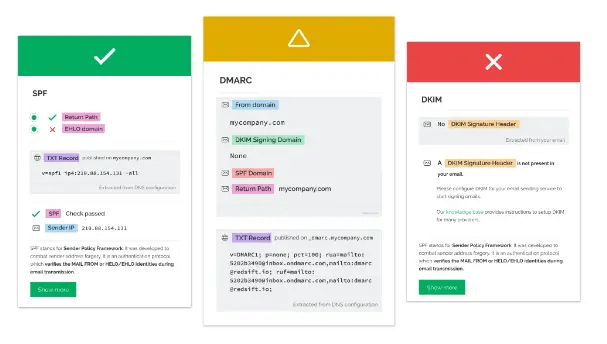
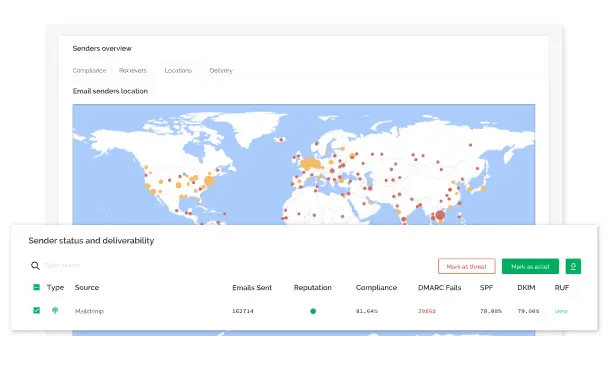
Make your email marketing campaigns more successful and your email more secure.
-
1Improve email deliverability Reduce messages sent to spam across all email platforms for your domain.
-
2Block malicious use of your email Use the same email security standards Fortune 500 companies use to deliver email.
-
3Stand out in crowded inboxes Increase the legitimacy of your business by displaying your logo next to your emails with BIMI.
How long does it take to reach full DMARC compliance?
We typically move our clients to the reject policy level, the highest DMARC compliance, in stages within 4-8 weeks safely and effectively. 101domain solutions engineers monitor every step to ensure configurations are correct and legitimate mail is never impacted.
Fill out this form to understand your current DMARC security posture.
We will answer any questions you may have, and let you know if you qualify for a free 14 day trail of our Managed DMARC compliance Services.
FAQs for Managed DMARC Compliance
Fill out the form above, and 101domain Solutions Engineers will provide actionable recommendations regarding your current DMARC policy and SPF failures.
Common SPF errors include:
- SPF none: The domain name does not resolve or have an SPF record
- SPF neutral: The domain does not definitively state that the sending IP address is authorized
- SPF hard fail: The client is not permitted to send mail from the domain
- SPF soft fail: The client is probably not allowed to send mail but is in transition
- SPF temperror: There is a temporary error retrieving records, such as a DNS timeout
- SPF permerror: There is a permanent error due to an incorrectly formatted SPF record
p=none is the loosest policy that instructs receivers not to change their email delivery based on DMARC compliance failure.
p=quarantine instructs receivers to mark messages that fail DMARC compliance as spam.
p=reject is the highest policy in DMARC compliance, instructing email receivers to block messages that fail DMARC entirely and not to deliver them to their intended recipients.
